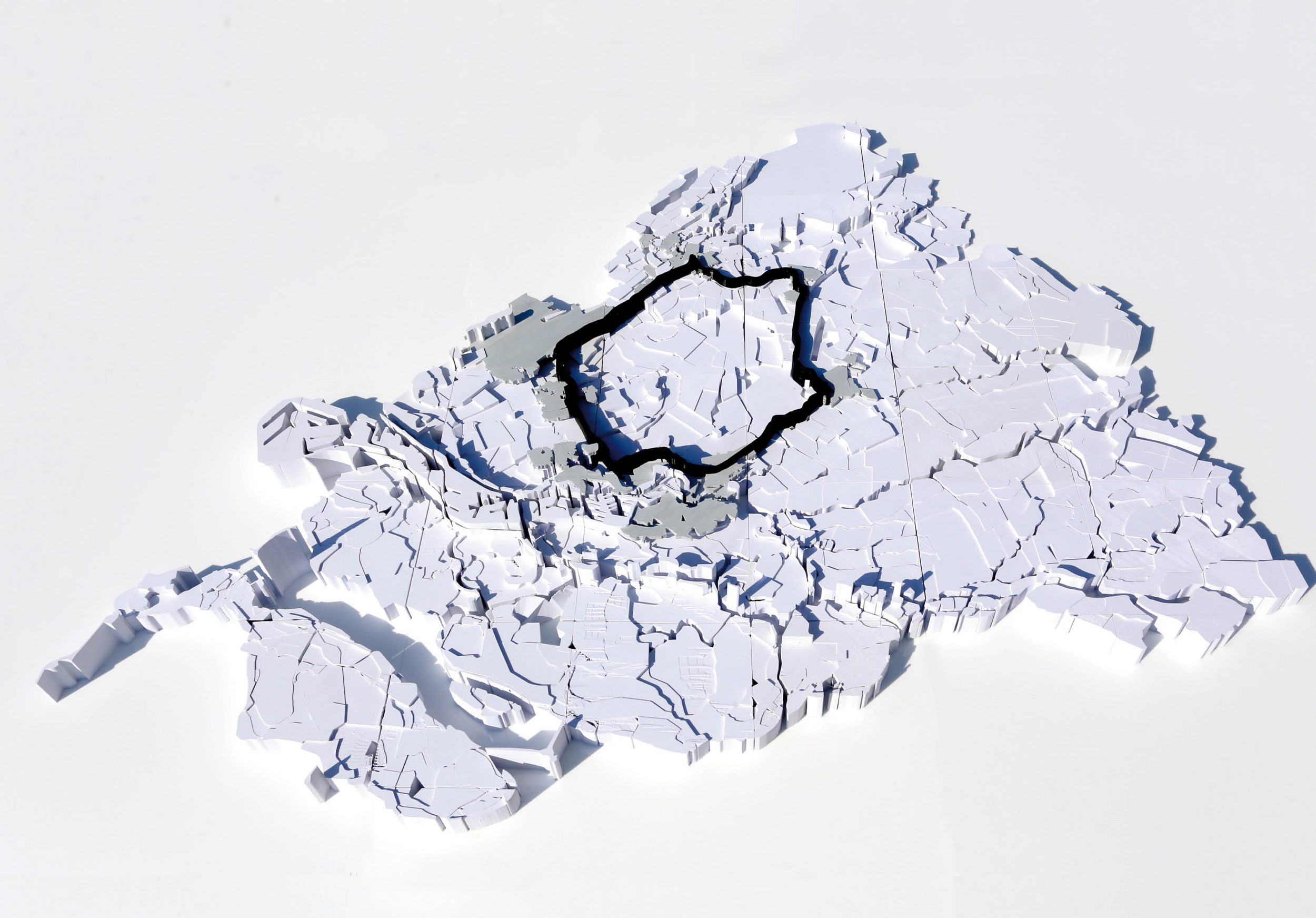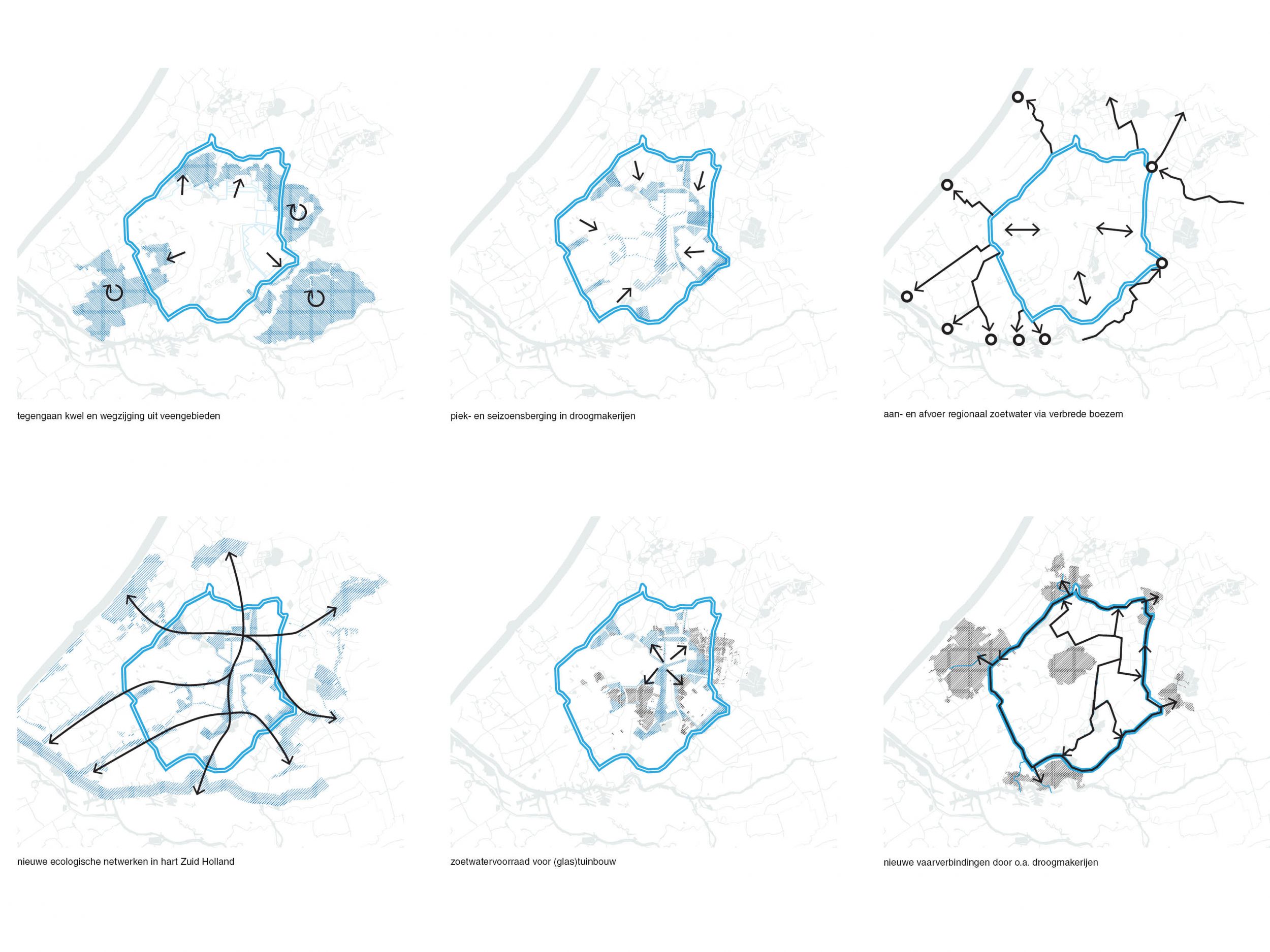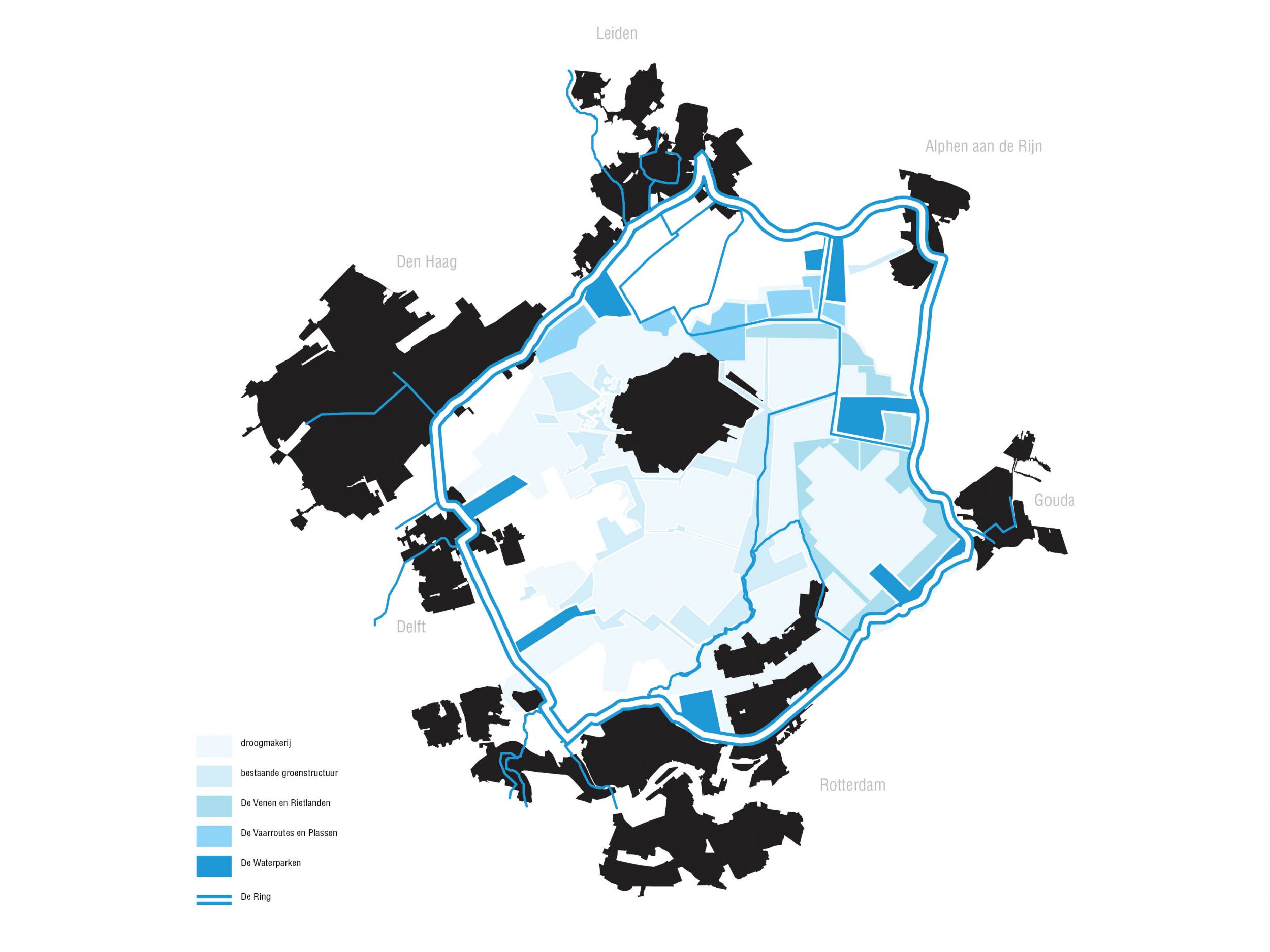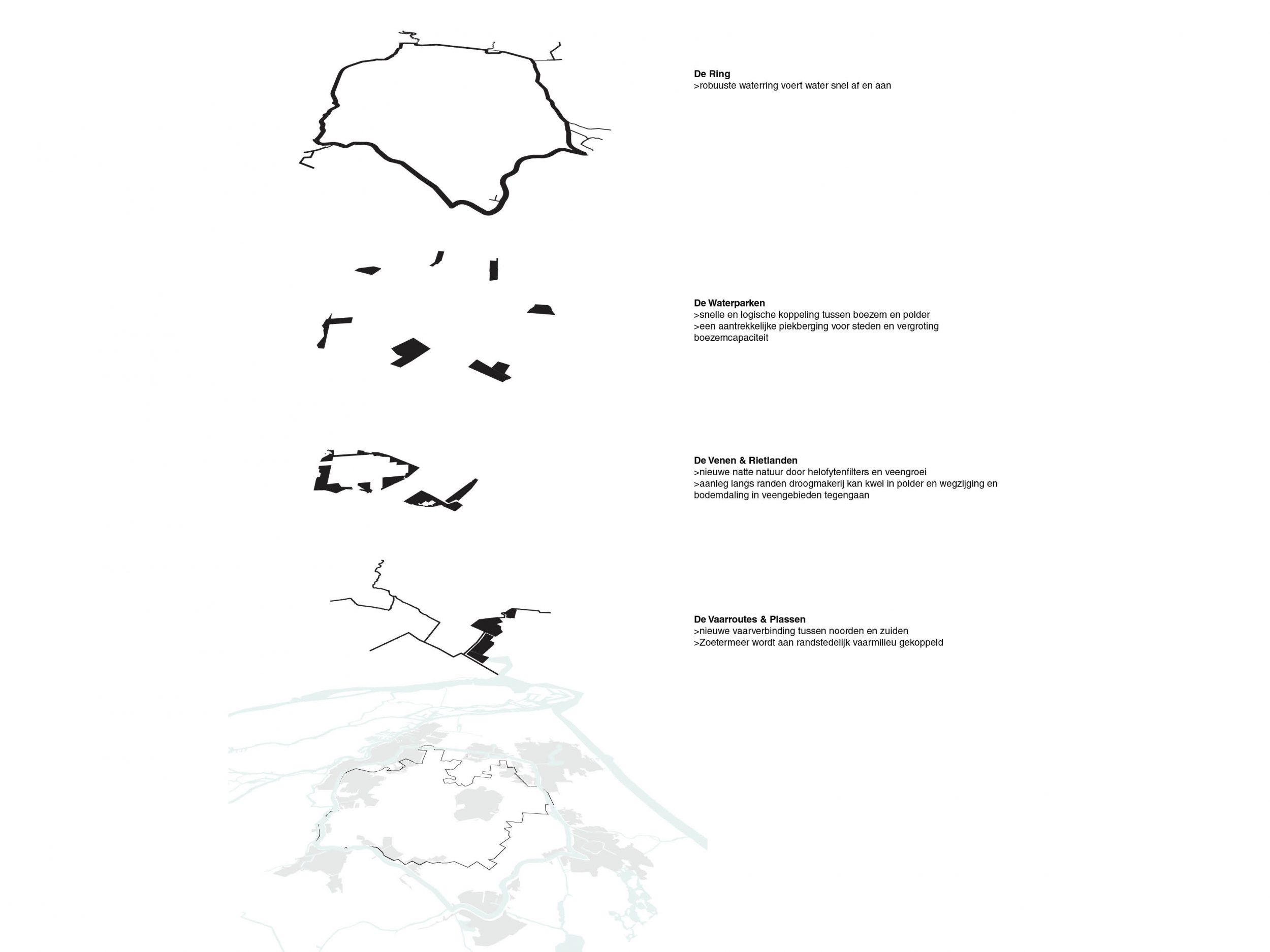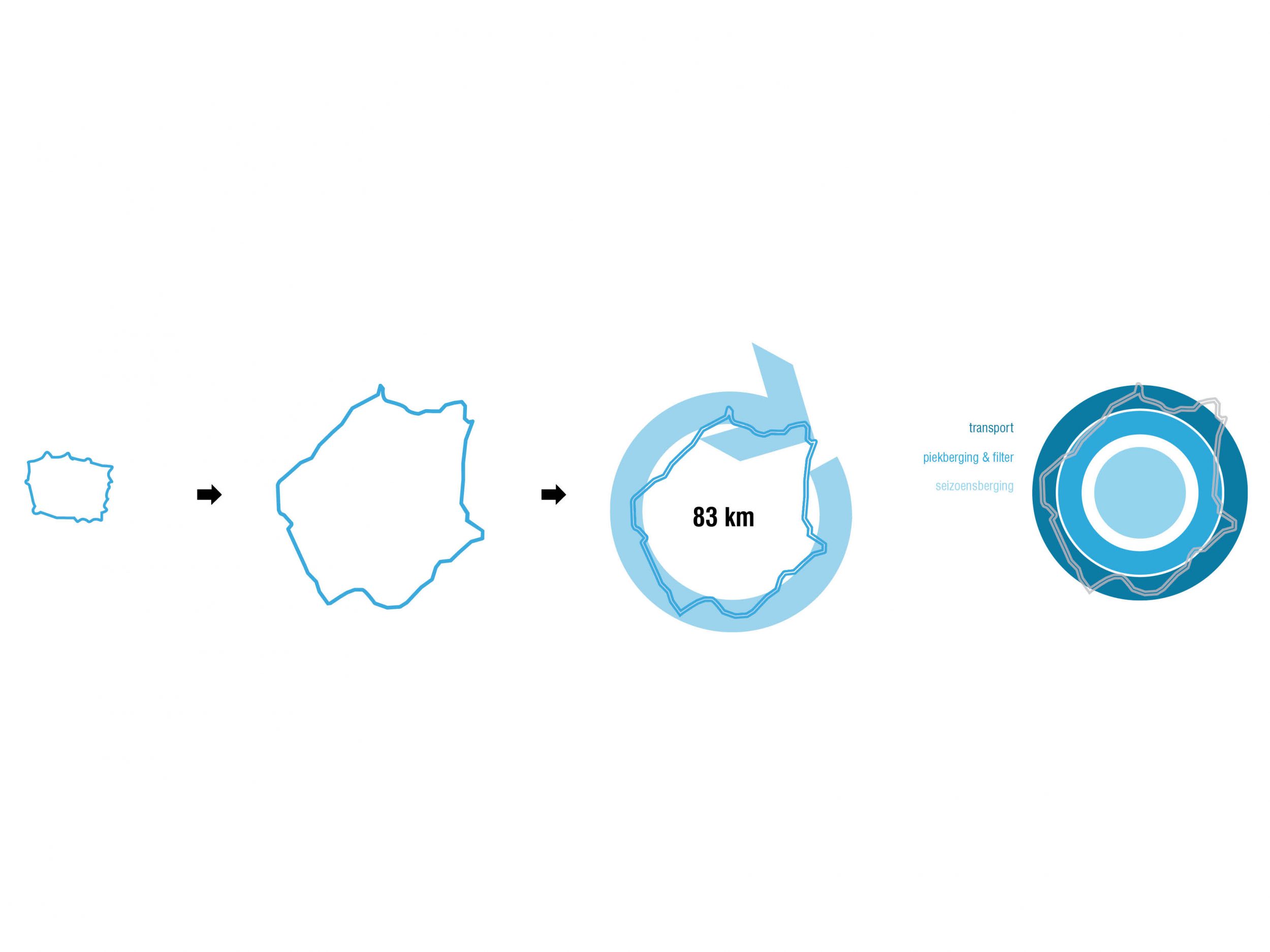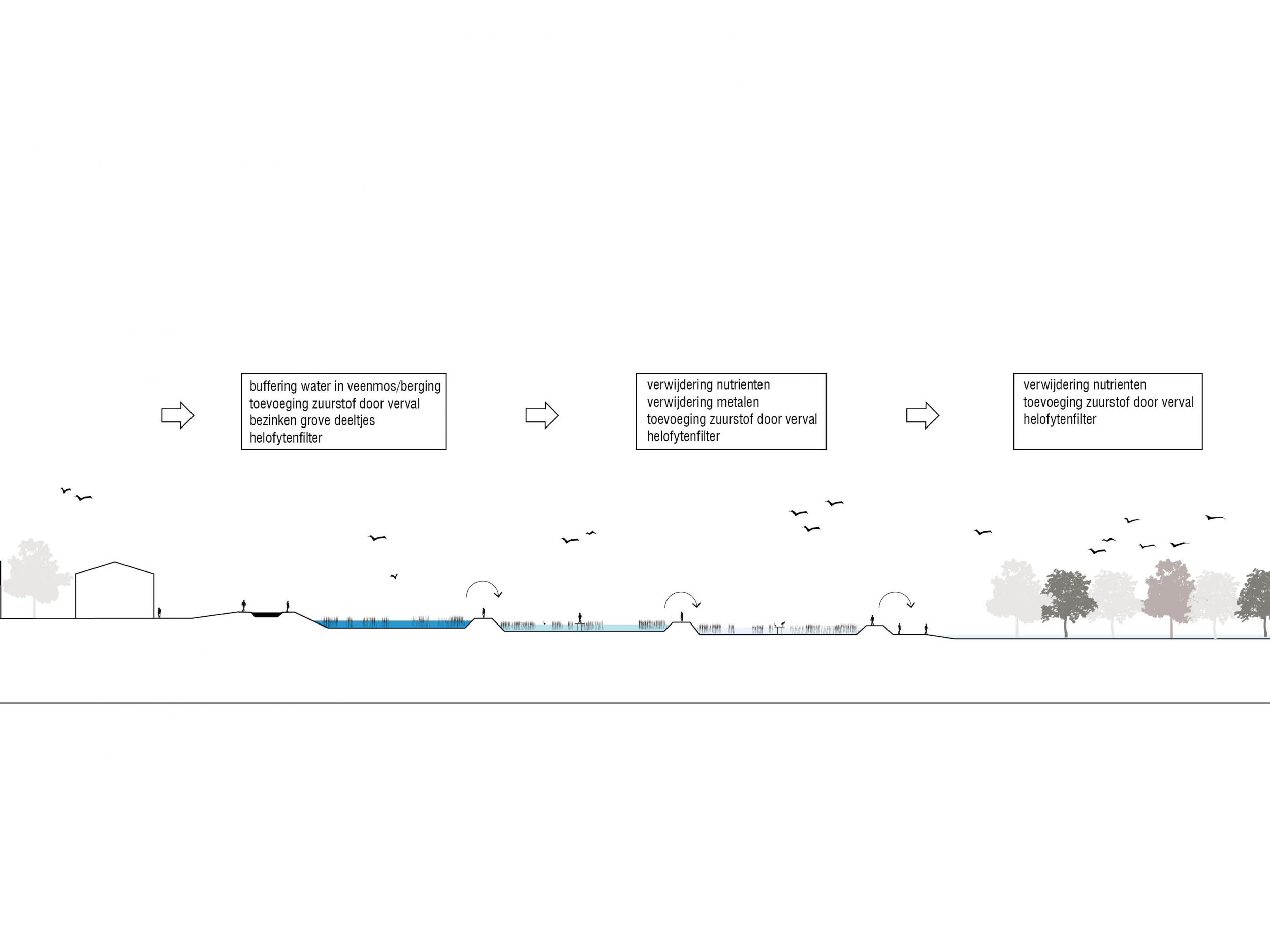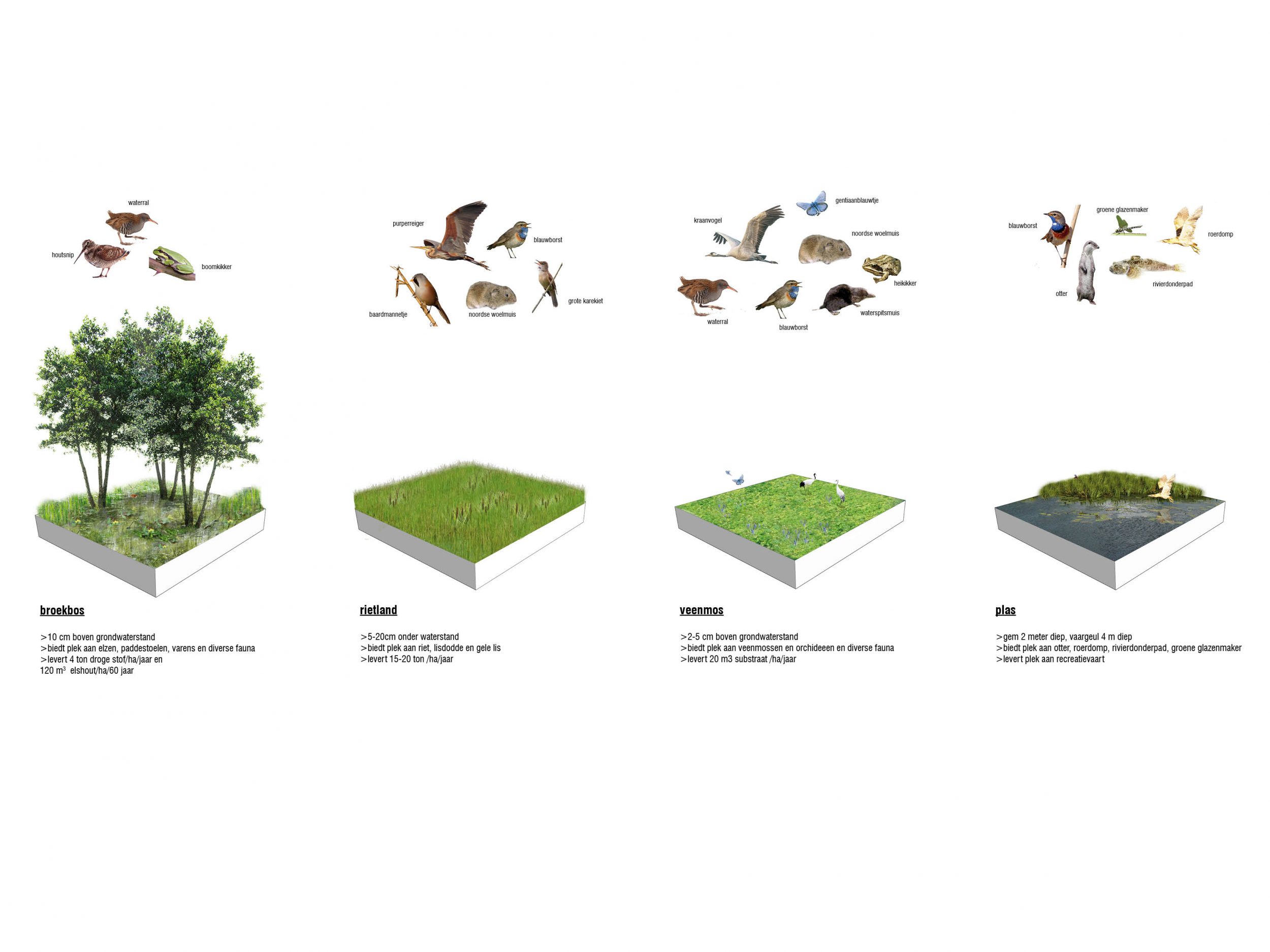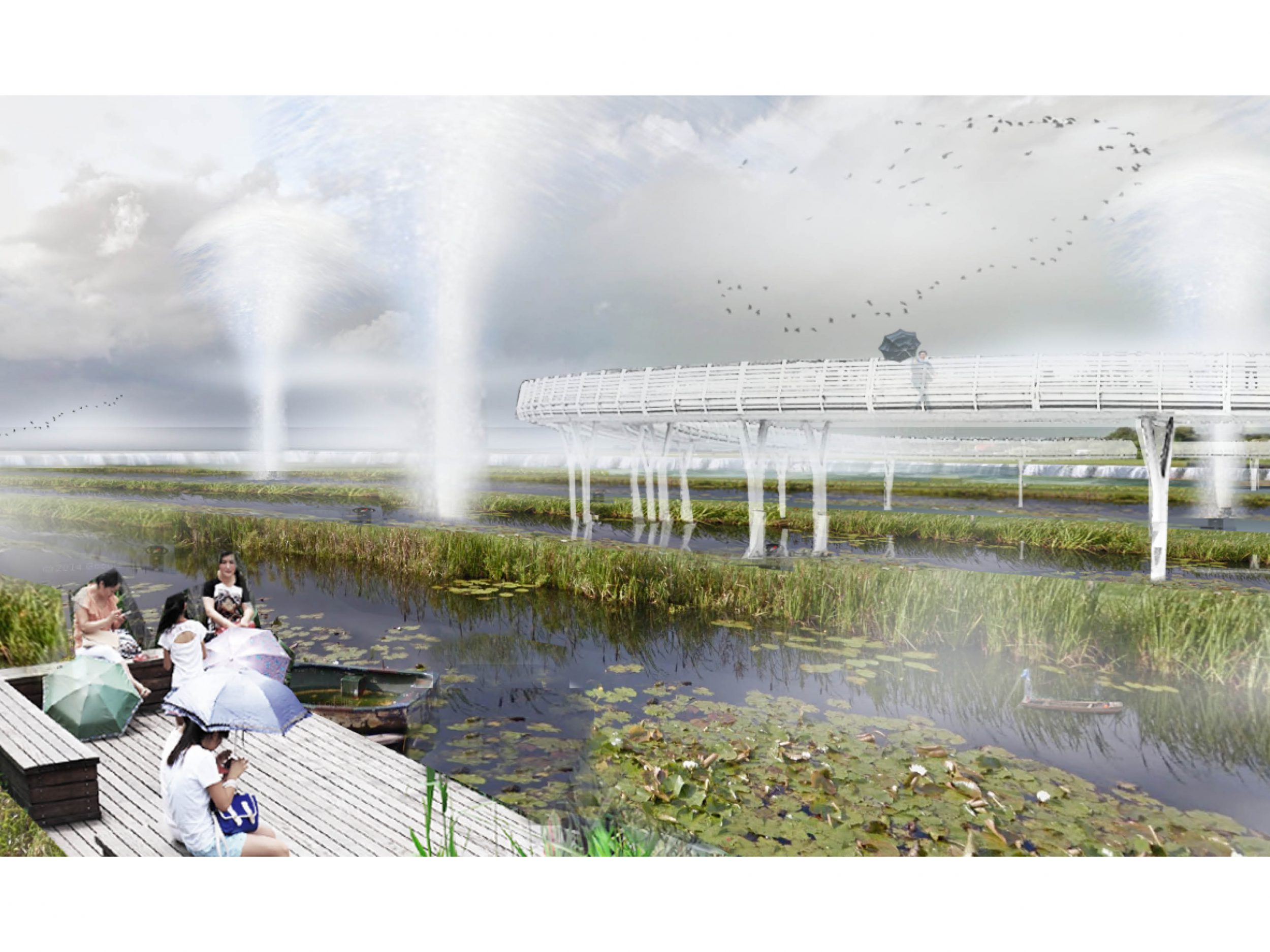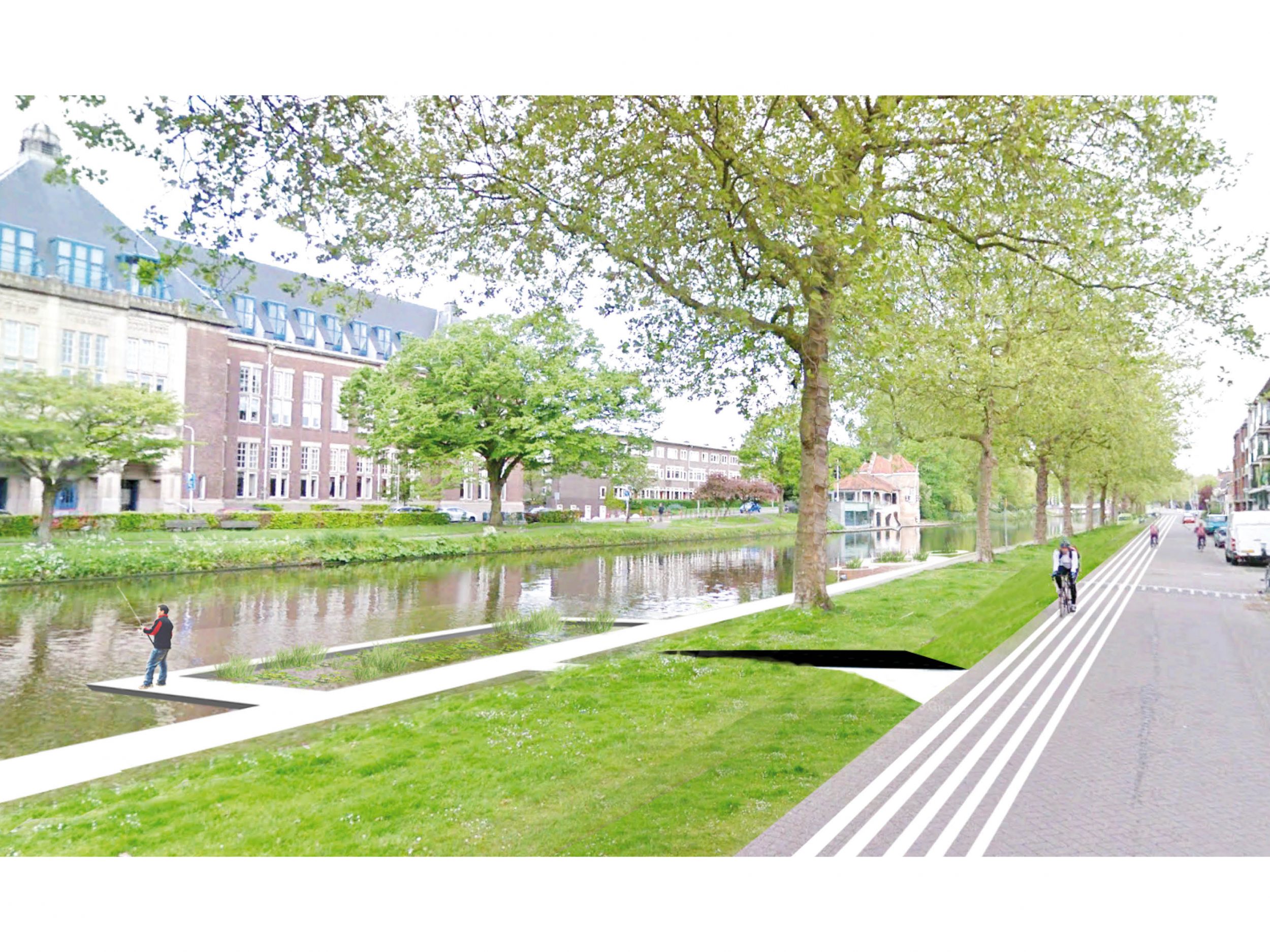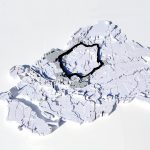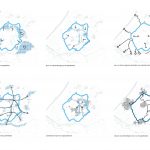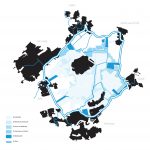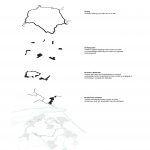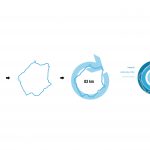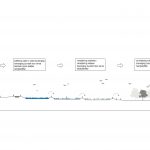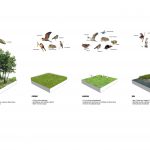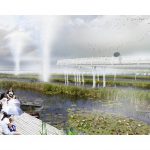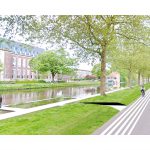Zuid-Holland is the most urbanized province of Holland, with parts even 7 meters below sea level.
The coming decades Zuid Holland will face different challenges in which the watersystem plays a key role: the low lying droogmakerijen are coping with salt seepage water, urban areas have to store and discharge an increasing amount of water and the meadows in the peat areas are facing subsidence.
OTO proposes the Waterring, a new landscape structure which improves the watersystem and forms a smart connection between different water bodies. By doing this, the waterring creates more flexibility in water supply and discharge. The waterring can be a waterstorage for greenhouses, during rainshowers water can temporary be stored along this ring and the water quality will improve using constructed wetlands. Moreover the waterring provides opportunities for redevelopment of cities and connects different citycenters and enables new waterroutes throughout the province. This new landscape structure forms an new and crucial ecological network and connection; a natural version of the urban network.
The waterring surrounds the droogmakerijen and can be perceived as a watermachine with the following parts:
1. The Ring
The ring is the transformation and connection of the separate systems like de Schie, Vliet, Oude Rijn, Gouwe and the ringvaarten of the Rotterdamse polders. The waterring facilitates a quick supply and discharge of water and will be a clear and recognizable border between the high landscapes and low lying droogmakerijen. The ring is a crucial connection in the network of recreational yacht network between different citycentres.
2. The Waterparks
The waterpark are a crucial link between the Waterring and the lower parts of the polders: the height difference will be used to store water. Located between cities, water from cities can be stored, the connections create at the same time a new recreational network together with the Waterring.
3. The Peat & Wetlands
The constructed wetlands and peat lands are the lower parts where water can be stored over time. These water areas are a back pressure to prevent seepage from water out of the surrounding higher parts. Height difference is being used for waterfilters and to generate energy.
Wetlands are a buffer between natural areas and glasshouse horticulture and provide clean freshwater to glasshouse industry and nature as well.
4. The Waterconnections & Lakes
Missing links between north and southern part are established by new waterways, in this way Zoetermeer is connected with the waternetwork. New lakes improve the recreational qualities and will make Zuid Holland an attractive area.
The waterring shows the opportunity to make new impressive landscapes on a regional scale in which multiple challenges can be addressed and solved.

